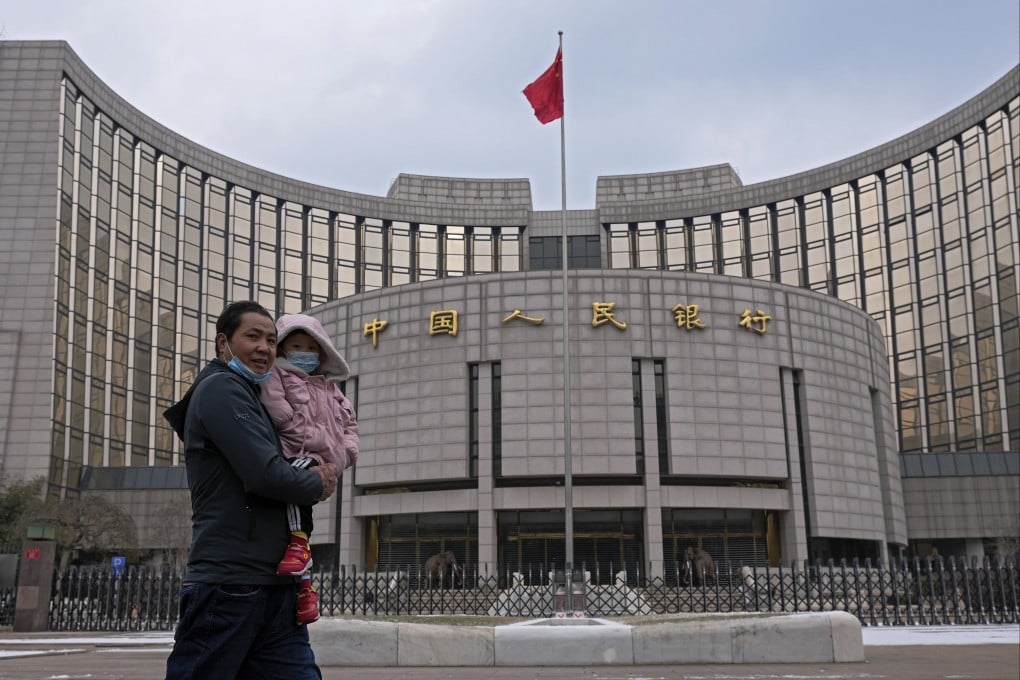Macroscope | Will China’s latest monetary policy easing reinvigorate the economy? Markets remain wary
- While January data suggests policy easing has prompted a rise in bank lending, the figures are distorted by a tendency to issue loans at the start of the year
- As for the rest of 2022, concerns remain about the overall policy direction following last year’s regulatory crackdown

Such weak market sentiment clearly suggests that the easing efforts have failed to support the capital market, a view further substantiated by the newly released January credit data. While the headline figures were above expectations, the structure of the credit reveals that the economy is still on a soft footing.
To minimise the distorting effects of the Lunar New Year, most of China’s economic data is released on a combined January-February basis. Hence, the market only receives this data in mid-March. In contrast, the credit data is released on a monthly basis, making the January figures a timely indicator for markets to gauge policy and economic dynamics.
The PBOC’s January report carries other important information. As China’s commercial banks report their financial performance by calendar year, lenders have strong incentives to extend as much credit as possible at the beginning of the year.
Obviously, the earlier the loans can be drawn down, the more profits the banks can make. To ensure a good start to the year, Chinese banks normally commit facilities at the end of a financial year and issue the loans when the next financial year starts.
